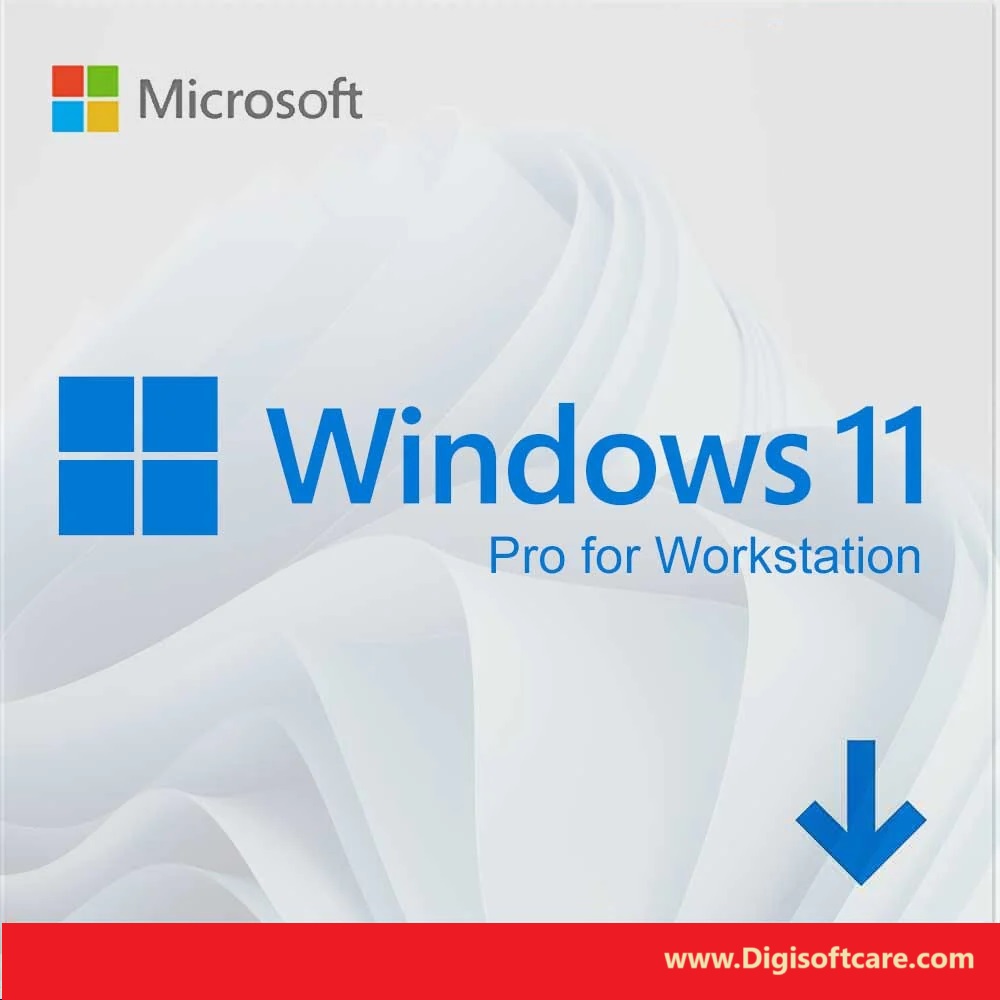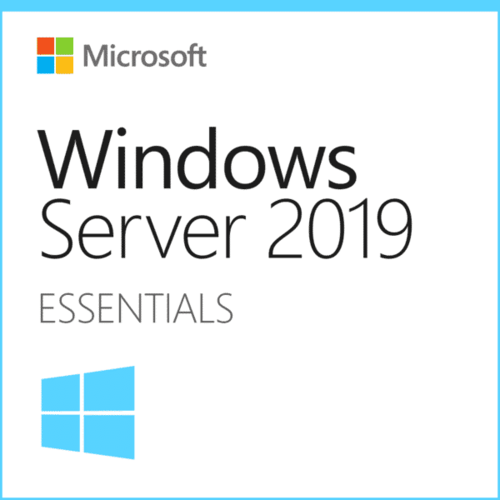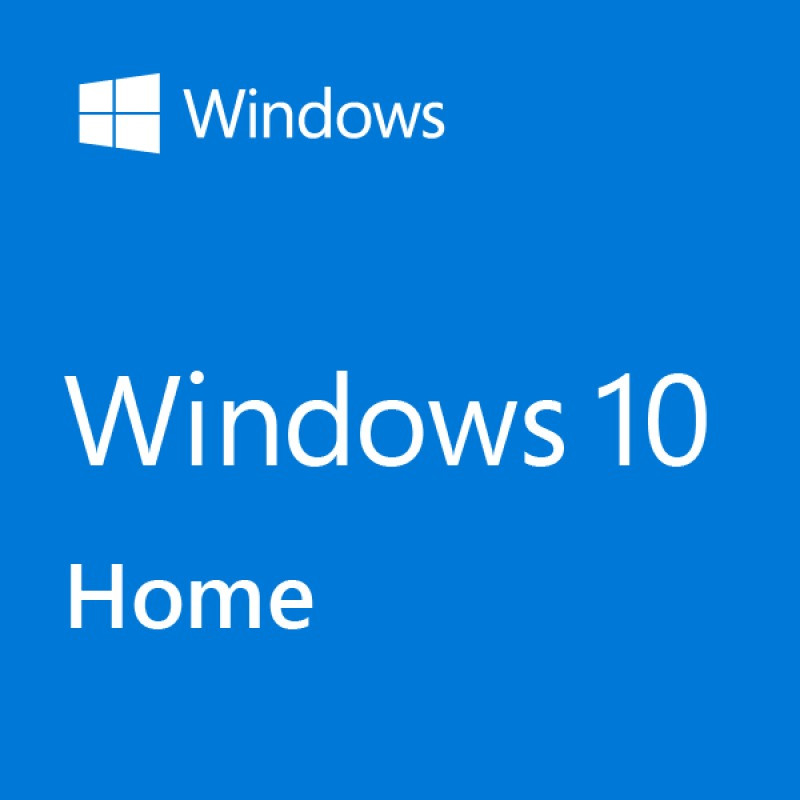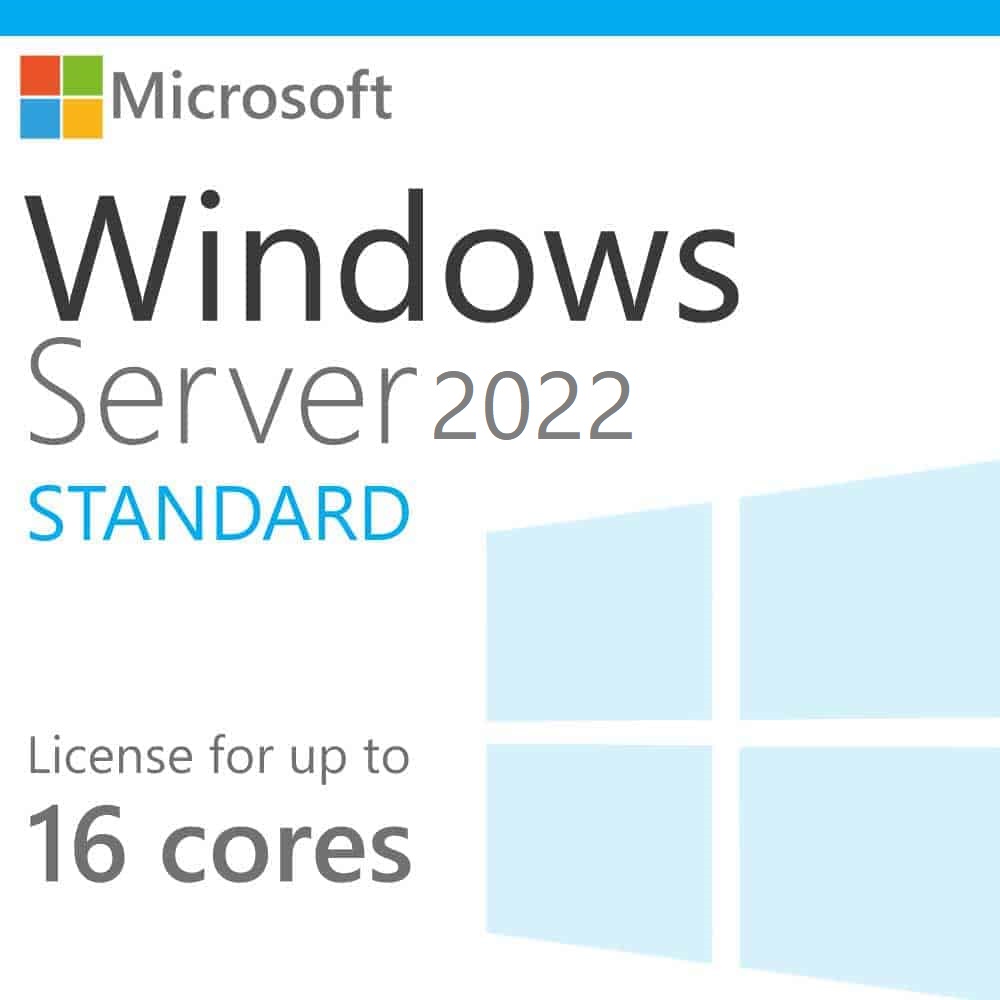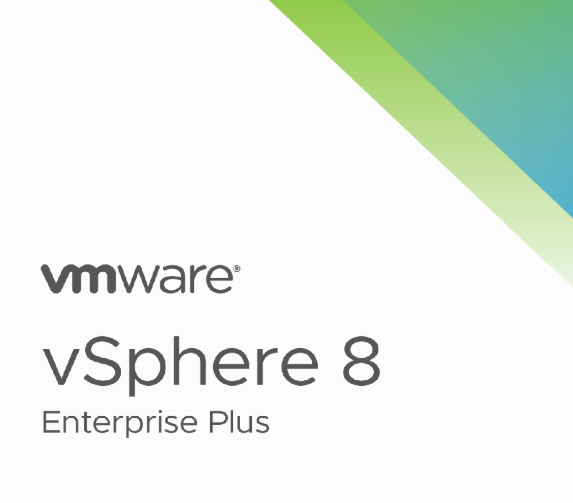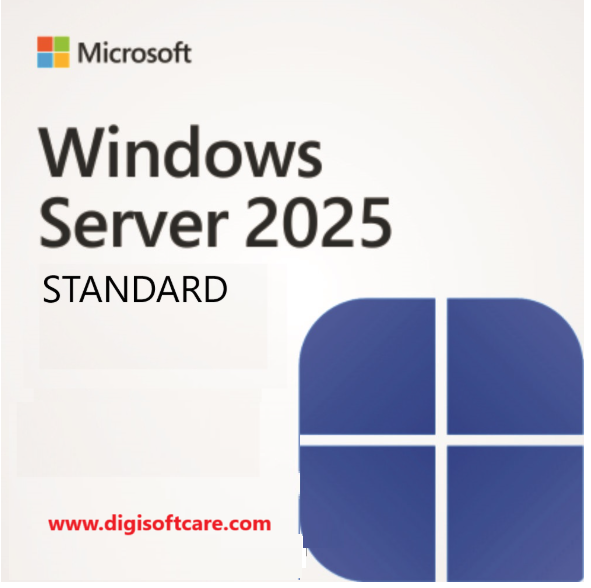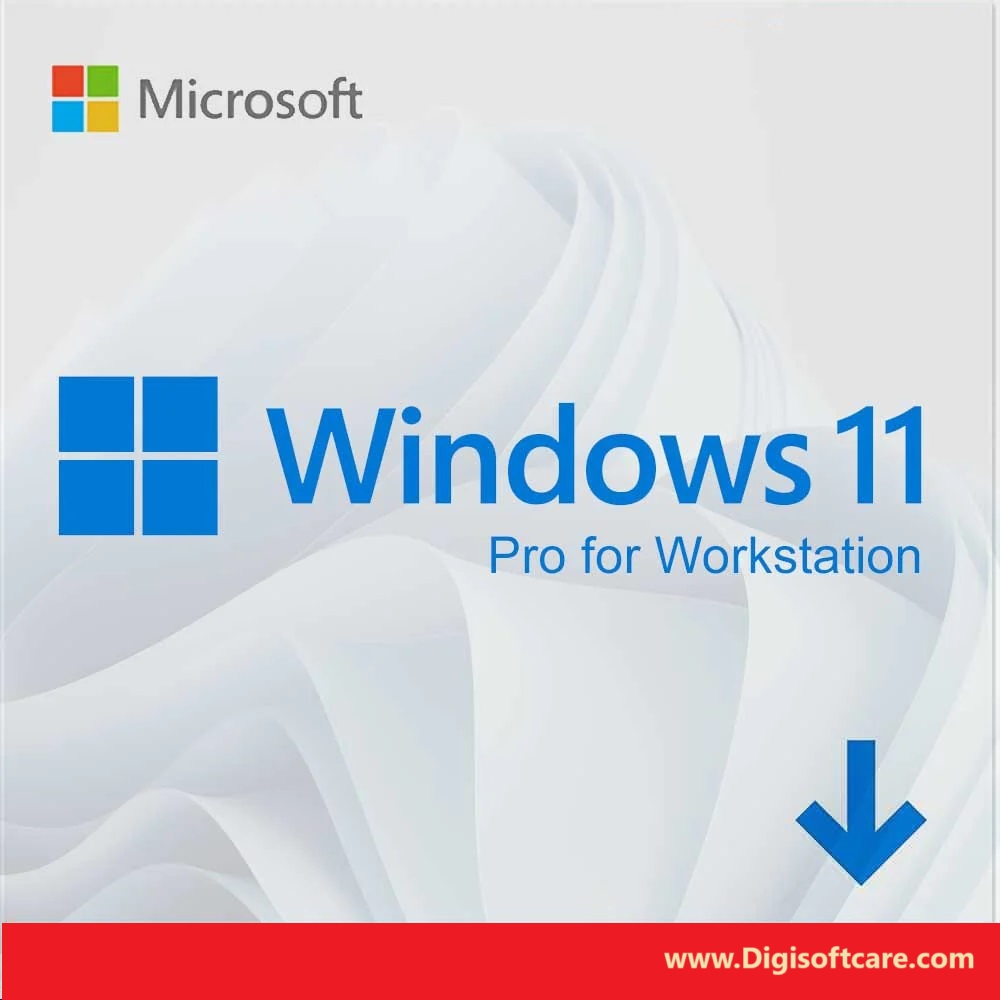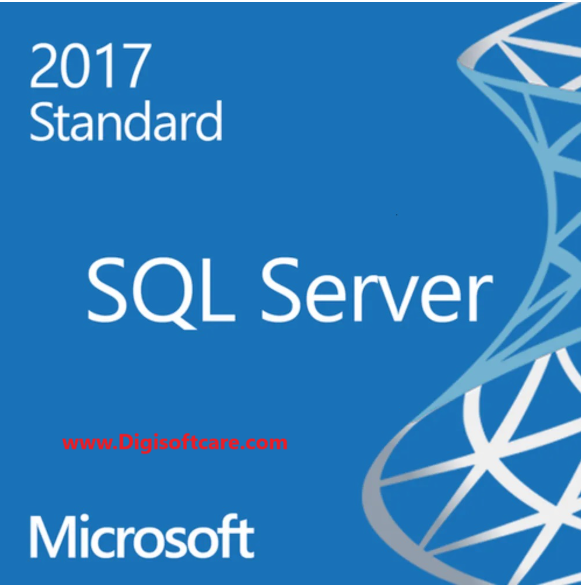

SQL Server 2017 Standard | 1 PC | Lifetime license | Digital Delivery
Tax included. Shipping calculated at checkout.
Description
SQL Server 2017 Standard
SQL Server 2017 represents a major step towards making SQL Server a platform that gives you choices of development languages, data types, on-premises or cloud, and operating systems by bringing the power of SQL Server to Linux, Linux-based containers, and Windows
Installation requirements vary based on your application needs. The different editions of SQL Server accommodate the unique performance, runtime, and price requirements of organizations and individuals. The SQL Server components that you install also depend on your specific requirements. The following sections help you understand how to make the best choice among the editions and components available in SQL Server.
SQL Server 2017 is a relational database management system (RDBMS) developed by Microsoft. It is part of the Microsoft SQL Server product line, and it offers a comprehensive set of features for database management, analytics, reporting, and application development.
Here are key features and descriptions of SQL Server 2017:
1. Cross-Platform Support
- Windows and Linux: SQL Server 2017 is the first version of SQL Server to support Linux in addition to Windows. This provides flexibility for organizations that use Linux-based systems and want to run SQL Server on them.
2. Improved Performance
- Adaptive Query Processing: SQL Server 2017 introduced enhancements such as adaptive query processing to improve performance in real-time by adjusting query plans during execution.
- Automatic Tuning: It includes automatic performance tuning, such as automatic correction of plan regressions and more efficient query performance.
3. Support for Big Data
- Big Data Clusters: SQL Server 2017 can integrate with big data workloads by enabling SQL Server Big Data Clusters, which combine SQL Server with Hadoop and Apache Spark.
- This allows users to store and analyze large volumes of data, including non-relational data types.
4. Advanced Security
- Always Encrypted: A feature to encrypt sensitive data both at rest and in transit, ensuring that even SQL Server administrators cannot access the encrypted data without the proper keys.
- Row-Level Security: Provides the ability to restrict access to data rows in a database table, based on the characteristics of the user executing the query.
5. Data Analytics and Machine Learning
- R and Python Integration: SQL Server 2017 supports both R and Python programming languages for machine learning and advanced analytics. Users can run predictive analytics directly within SQL Server.
- SQL Server Machine Learning Services: Integrates analytics workloads with the database engine for seamless data processing and machine learning tasks.
6. Graph Data Support
- SQL Server 2017 introduced graph data models, allowing users to define and query graph data structures such as nodes and edges. This is useful for scenarios like social networks, fraud detection, or recommendation systems.
7. New Data Types and Functions
- Temporal Tables: Support for system-versioned temporal tables which track historical data and changes over time, allowing easy data recovery and audit capabilities.
- UTF-8 Support: SQL Server 2017 added support for the UTF-8 character encoding, which improves storage efficiency for Unicode data.
8. Container Support
- SQL Server 2017 introduced support for Docker containers, allowing users to run SQL Server in containers for development, testing, and deployment scenarios.
9. Improved Developer Tools
- SQL Server Management Studio (SSMS) and Azure Data Studio: Enhanced development and administrative tools for managing databases and performing tasks like querying, debugging, and optimizing SQL code.
- SQL Server Data Tools (SSDT): Integrated development environment for building database solutions and performing tasks like database schema comparison and debugging.
10. High Availability and Disaster Recovery
- Always On Availability Groups: SQL Server 2017 supports Always On Availability Groups for high availability, disaster recovery, and increased database uptime.
- Basic Availability Groups: In SQL Server 2017, basic availability groups are available in Standard edition as a more affordable solution for high availability.
11. Edition Improvements
- SQL Server 2017 comes in multiple editions, including:
- Enterprise Edition: Comprehensive features for large-scale applications and enterprise environments.
- Standard Edition: Cost-effective option with many of the core features.
- Web Edition: Designed for web hosting scenarios.
- Express Edition: Free, lightweight version with limited features for smaller applications.
- Developer Edition: Full-featured version for development and testing, free for non-production use.
12. Licensing and Deployment
- SQL Server 2017 introduced pay-as-you-go licensing models for cloud environments, making it easier to scale according to business needs. It supports both on-premises and cloud-based deployment through Azure SQL Database.
SQL Server 2017 represents a step forward in integrating advanced technologies such as big data, machine learning, and Linux support, offering enterprises and developers the tools needed for modern, scalable, and secure database solutions.



